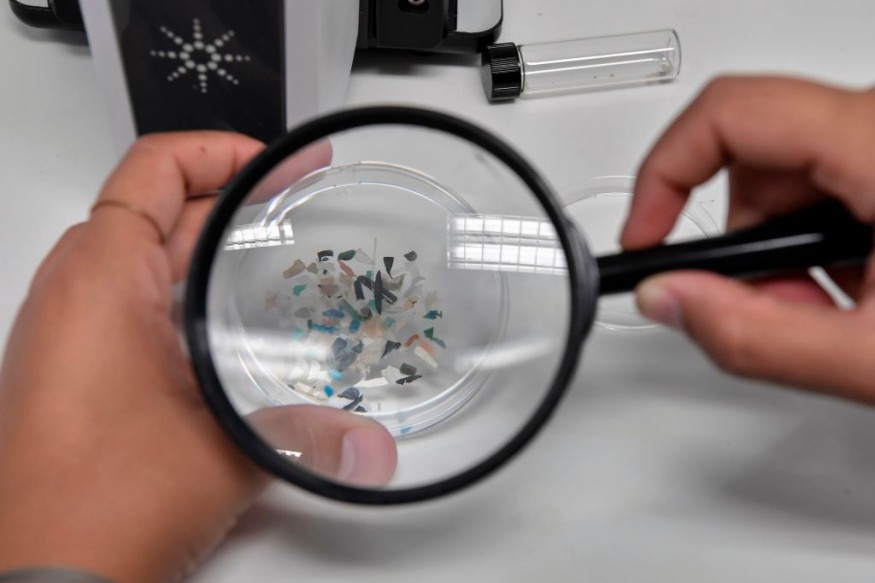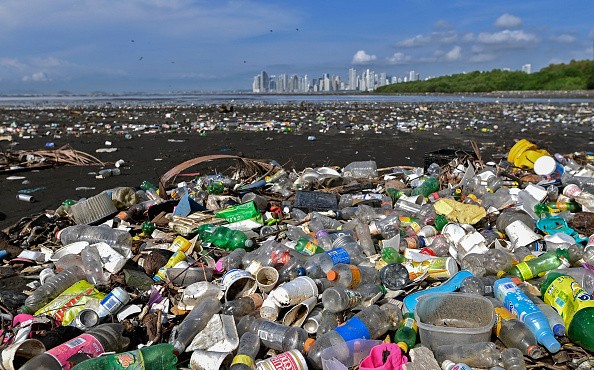According to a recent research, microplastics can be discovered everywhere, from Mount Everest to the Mariana Trench. They can even be found high in the Earth's troposphere, where wind speeds allow them to travel great distances.

Microplastics Everywhere

Microplastics are microscopic bits that measure less than 5mm and have been found on land, in water, and the air. They come from packaging, clothes, cars, and other sources.
The Pic du Midi Observatory in the French Pyrenees, a so-called "clean station" because of the expected effect of the surrounding climate and environment, was sampled by scientists from the French national research institution CNRS.
Between June and October 2017, they analyzed 10,000 cubic meters of air every week and discovered microplastics in all samples.
They computed the paths of several air masses before each sample using meteorological data and found origins as far afield as North Africa and North America.
Read also: Microbes All Over the World are Evolving to Eat Plastics: Can They Solve Waste Pollution?
An Endless Cycle
The particles were able to travel such enormous distances because they could reach such high altitudes, according to the study's lead author, Steve Allen of Dalhousie University in Canada.
"It's like a speeding freeway once it enters the troposphere," he added.
According to the study, microplastic sources have also been identified in the Mediterranean Sea and the Atlantic Ocean.
"It's the oceanic source that's the most fascinating," Allen remarked.
"Plastic leaving the water and flying that far into the air demonstrates that there is no final sink for this plastic." It's going around in circles in an endless cycle."
While the levels of microplastics in the Pic du Midi samples do not constitute a health danger, the particles are tiny enough for humans to breathe in, according to research co-author Deonie Allen.
She also believes that their existence in a zone supposed to be protected and far away from pollution sources should cause concern.
"It calls into question our connection with plastic," she added, adding that the problem was widespread.
According to Allen, it also demonstrated that exporting plastic overseas to be disposed of was a faulty method.
"It'll come back to you," she predicted.
Global Plastic Crisis

As the world's capacity to cope with the fast-rising manufacturing of throwaway plastic items overwhelms its ability to deal with them, plastic pollution has become one of the most critical environmental challenges. Plastic pollution is especially noticeable in impoverished Asian and African countries, where rubbish collection systems are sometimes ineffective or non-existent. However, the industrialized world, particularly in nations with poor recycling rates, has difficulty collecting waste plastics correctly. Plastic waste has grown so pervasive that attempts are underway to draft a worldwide convention negotiated by the United Nations.
However, plastics' conveniences have resulted in a throwaway culture that exposes the material's dark side: single-use plastics now account for 40% of all plastic manufactured each year. Although many of these goods, such as plastic bags and food wrappers, have a short lifespan, they can live hundreds of years in the environment.
For more environmental news, don't forget to follow Nature World News!
© 2025 NatureWorldNews.com All rights reserved. Do not reproduce without permission.





